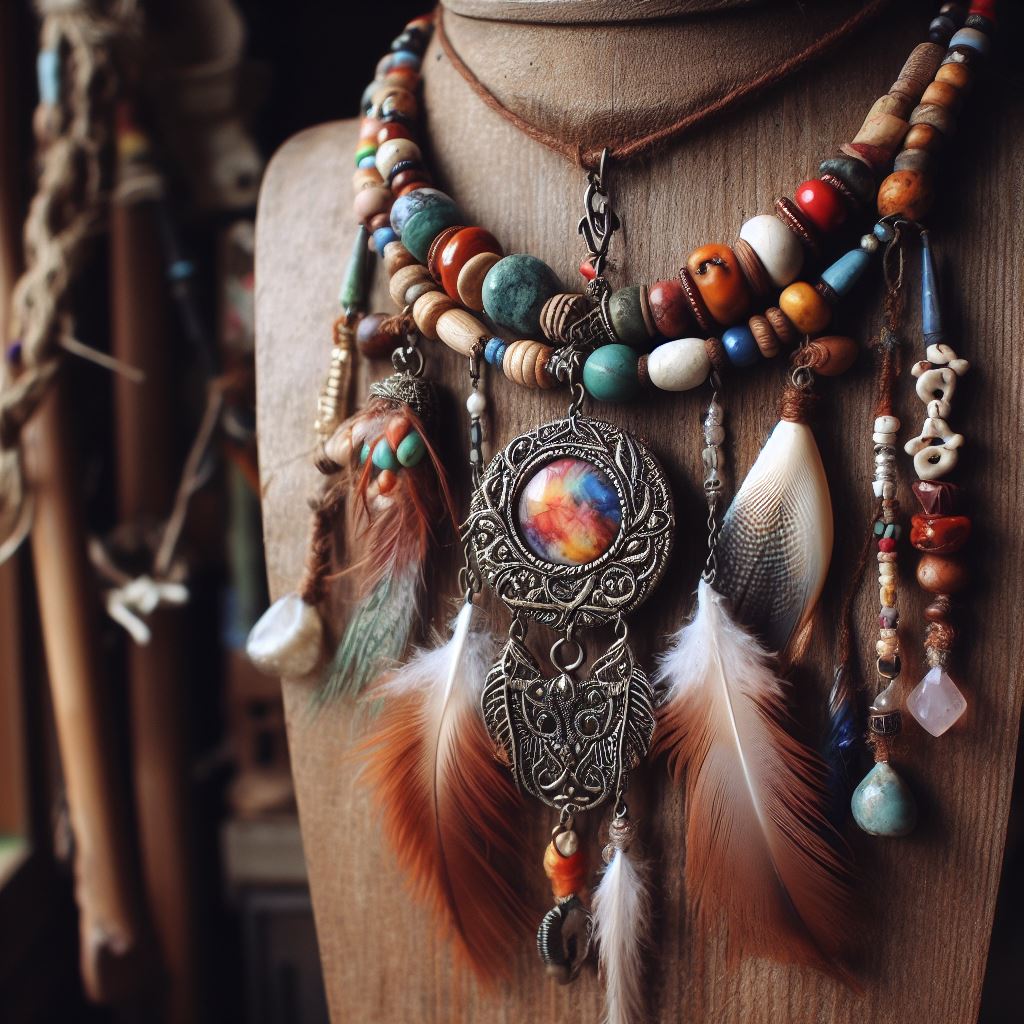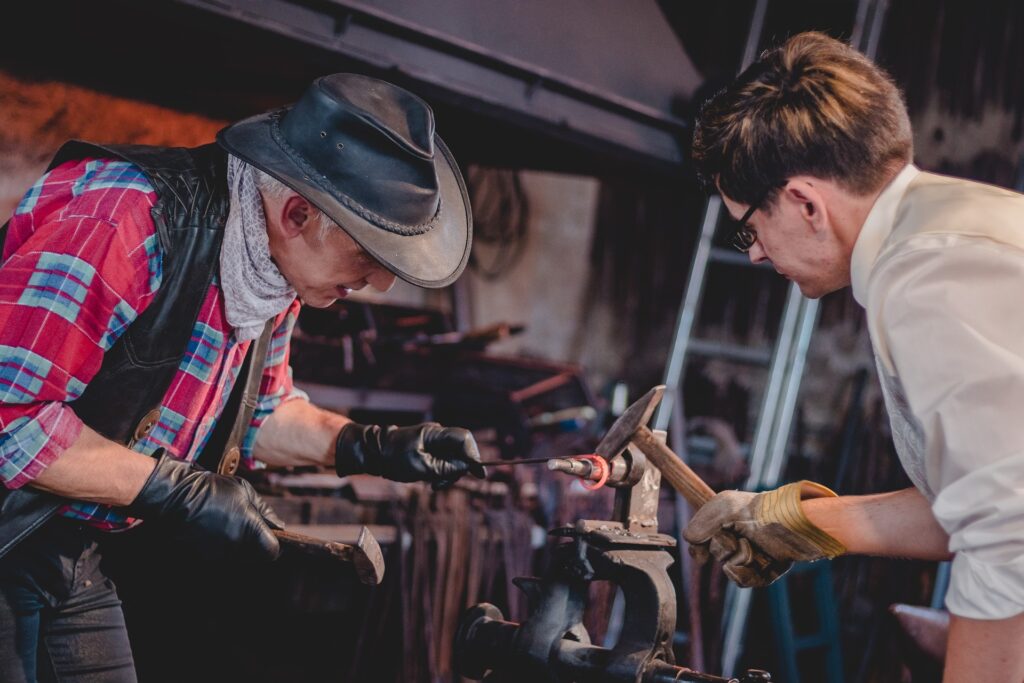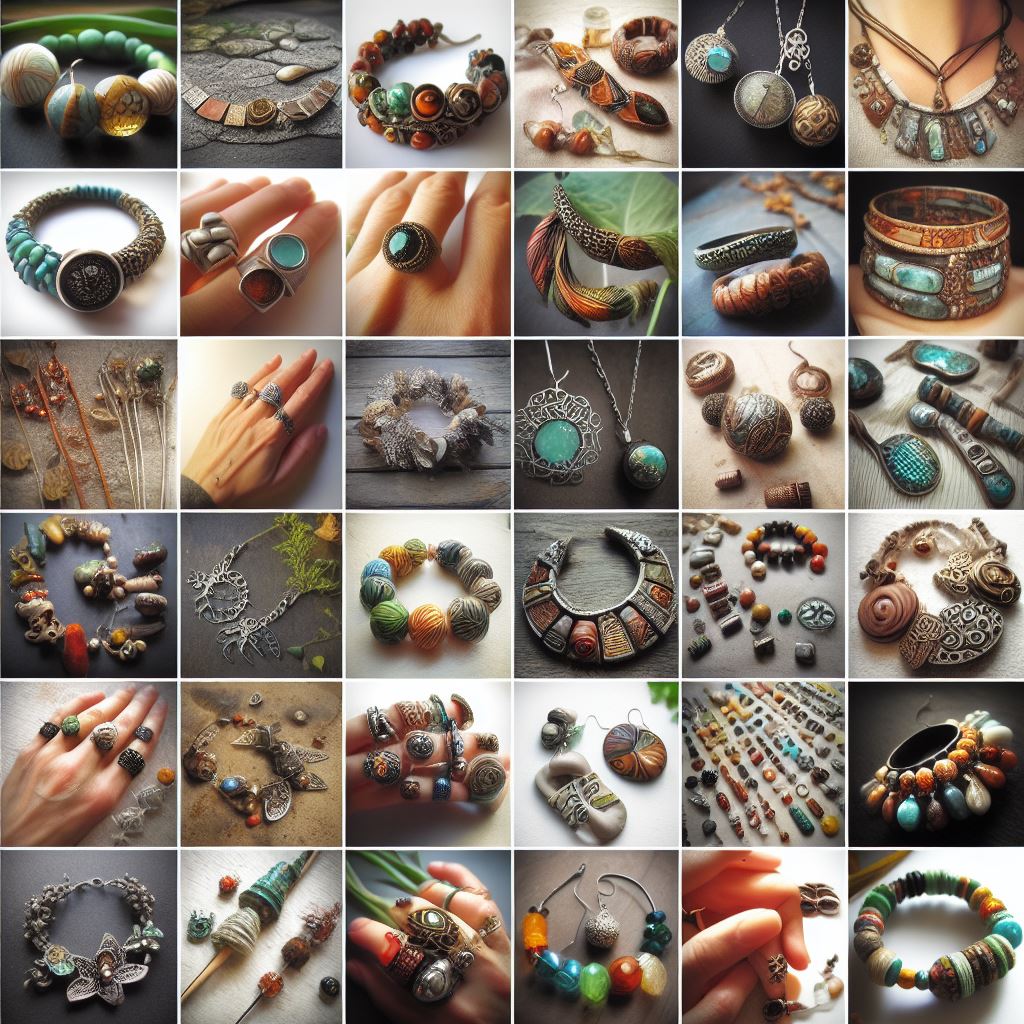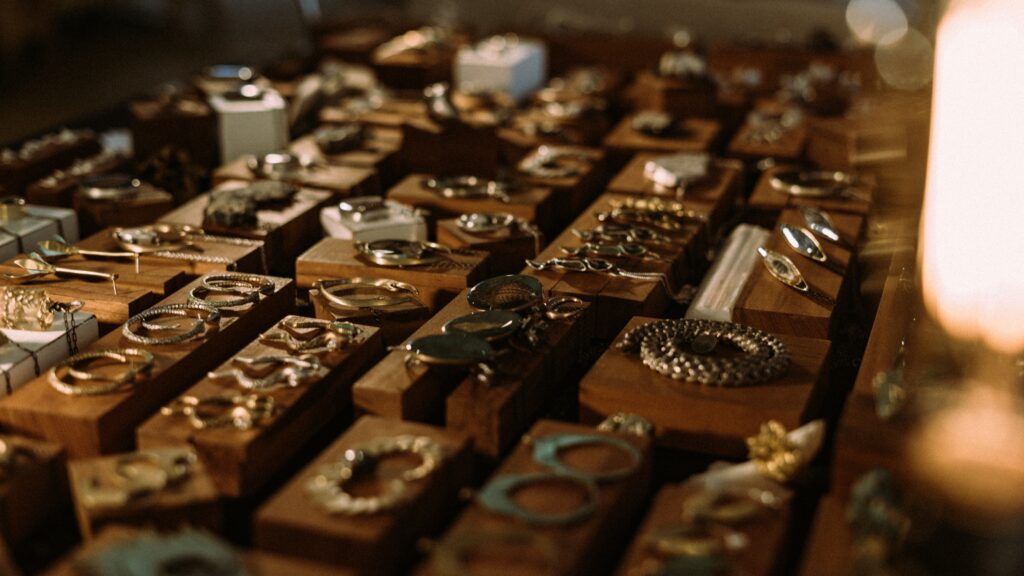
Have you ever wondered about the allure and beauty of handmade jewelry? In a world of mass-produced accessories, handmade jewelry stands out as a unique and special art form. It involves skilled artisans crafting each piece with their own hands, pouring their creativity, passion, and dedication into every intricate detail. Handmade jewelry embodies a sense of authenticity and individuality that cannot be replicated by machines. It is a true reflection of the artist’s vision and the artistic expression of their craft. So, whether it’s a delicate silver necklace or a bold statement ring, handmade jewelry represents a celebration of creativity and craftsmanship that cannot be matched.
Check out our TOP three Recommended products
Definition of handmade jewelry
Handmade jewelry refers to jewelry that is crafted and assembled by hand, rather than by machines or mass production methods. It is a labor-intensive process that involves skilled artisans using their expertise and creativity to create unique and personalized pieces. Handmade jewelry can encompass a wide range of styles and materials, from delicate beaded bracelets and intricately designed rings to bold statement necklaces and earrings.
Importance of handmade jewelry
Handmade jewelry holds a special significance in today’s world of mass-produced accessories. It allows individuals to express their personal style and showcase their individuality through one-of-a-kind pieces that cannot be replicated by machines. The importance of handmade jewelry lies in its ability to tell a story and connect on a deeper level with the wearer. Each piece is imbued with the artisan’s passion, craftsmanship, and attention to detail, making it a meaningful and cherished possession.

Check out our TOP three Recommended products
Benefits of handmade jewelry
There are several notable benefits to choosing handmade jewelry over mass-produced alternatives. Firstly, handmade jewelry offers a high level of quality and durability. Crafted with precision and care, these pieces are often made using superior materials and undergo meticulous quality control. Secondly, handmade jewelry supports local artisans and small businesses. By purchasing handmade pieces, you are directly contributing to the livelihood of talented artisans and their communities. Lastly, handmade jewelry allows for customization and personalization. Artisans often offer the option to tailor pieces to individual preferences, creating truly unique and personalized accessories.
Materials used in handmade jewelry
One of the fascinating aspects of handmade jewelry is the extensive range of materials that can be used. Artisans experiment with a diverse array of materials to create their masterpieces. Common materials used in handmade jewelry include precious metals such as gold, silver, and platinum. These metals are often intricately carved, polished, and shaped to form elegant designs. Gemstones, both precious and semi-precious, are also popular choices for adding color and sparkle to handmade jewelry. Other materials such as glass beads, pearls, wood, leather, and even natural elements like feathers and shells are creatively incorporated, resulting in eclectic and distinctive pieces.

Trends in handmade jewelry
Handmade jewelry trends are constantly evolving, influenced by various factors such as fashion, culture, and personal preferences. Currently, there is a growing trend towards minimalist and delicate designs, featuring dainty chains, geometric shapes, and understated elegance. Symbolic and meaningful jewelry, such as birthstone necklaces or personalized name bracelets, is also gaining popularity as people seek pieces that hold sentimental value. Additionally, sustainability and eco-friendly initiatives have led to an increased interest in recycled and upcycled materials, further shaping the trends in handmade jewelry.
Popular styles of handmade jewelry
Handmade jewelry encompasses a vast range of styles, catering to diverse tastes and preferences. Some popular styles include:
- Bohemian: Characterized by its free-spirited and eclectic nature, bohemian jewelry often incorporates natural elements like feathers, shells, and gemstones, with an emphasis on organic shapes and earthy tones.
- Vintage-inspired: Taking inspiration from past eras, vintage-inspired handmade jewelry features intricate detailing, filigree work, and antique finishes. These pieces exude timeless elegance and evoke a sense of nostalgia.
- Minimalist: Minimalist handmade jewelry focuses on simplicity and clean lines, with an emphasis on geometric shapes and delicate designs. These understated pieces are perfect for everyday wear and can be effortlessly layered or worn individually.
- Statement: For those seeking bold and eye-catching accessories, statement handmade jewelry is the way to go. These pieces feature oversized gemstones, unconventional materials, and intricate detailing, making a statement wherever they are worn.

Creating handmade jewelry
The process of creating handmade jewelry involves various stages, each requiring skilled craftsmanship and attention to detail. It starts with the design phase, where artisans conceptualize and sketch their ideas. Once the design is finalized, the materials are carefully selected, taking into consideration their quality, color, and suitability for the design. The actual fabrication involves cutting, shaping, soldering, and polishing the metals or assembling the various components of the piece. Finally, meticulous finishing touches, such as setting gemstones or adding intricate embellishments, bring the design to life. This hands-on approach ensures that each piece of handmade jewelry is imbued with a sense of artistry and uniqueness.
Different techniques used in handmade jewelry
Artisans employ a wide range of techniques to create handmade jewelry, each showcasing their skill and expertise. Some common techniques include:
- Wire-wrapping: This technique involves manipulating and shaping metal wire to create intricate patterns or secure gemstones. It is commonly used to create delicate rings, pendants, and earrings.
- Beadwork: Beadwork involves threading and stitching together small beads to form intricate patterns and designs. It is a versatile technique that can be used to create anything from simple bracelets to elaborate necklaces.
- Metal-smithing: Metal-smithing encompasses a range of techniques such as soldering, forging, and casting, allowing artisans to create complex and durable pieces. It is often used to create customized rings, bracelets, and other metal-based jewelry.
- Enameling: Enameling involves fusing powdered glass onto metal surfaces using high heat, resulting in vibrant and durable decorative coatings. This technique adds a colorful and playful element to handmade jewelry.

Distinctive features of handmade jewelry
Handmade jewelry possesses distinctive features that set it apart from mass-produced alternatives. Firstly, each piece is unique and one-of-a-kind, reflecting the artisan’s creativity and personal touch. The imperfections and variations in handmade jewelry add to its charm and character, making it truly special. Handmade jewelry also offers a level of craftsmanship and attention to detail that is often lacking in mass-produced accessories. Every intricate design element and carefully selected material is a testament to the artisan’s passion and expertise. These distinctive features make handmade jewelry stand out and are highly valued by those seeking individuality and quality.
Difference between handmade and machine-made jewelry
The main difference between handmade and machine-made jewelry lies in the process of creation. Handmade jewelry is crafted by skilled artisans who use their hands and tools to meticulously create each piece. This hands-on approach allows for greater attention to detail, customization, and uniqueness. On the other hand, machine-made jewelry is produced using automated processes, with machines mass-producing identical pieces. While machine-made jewelry offers affordability and consistency, it often lacks the personal touch and artistry found in handmade pieces. Handmade jewelry holds sentimental value and is cherished for its craftsmanship, while machine-made jewelry focuses on efficiency and accessibility.

In conclusion, handmade jewelry is an art form that combines creativity, skill, and passion. It offers a unique and personal way to express style and individuality while supporting local artisans. From the wide range of materials used to the multitude of styles and techniques employed, handmade jewelry stands out for its quality, craftsmanship, and distinctive features. By embracing handmade jewelry, you not only acquire a beautiful accessory but also a piece of wearable art that tells a story and connects you to the artisan behind it. So next time you’re looking to add some sparkle and charm to your wardrobe, consider the beauty and value of handmade jewelry.